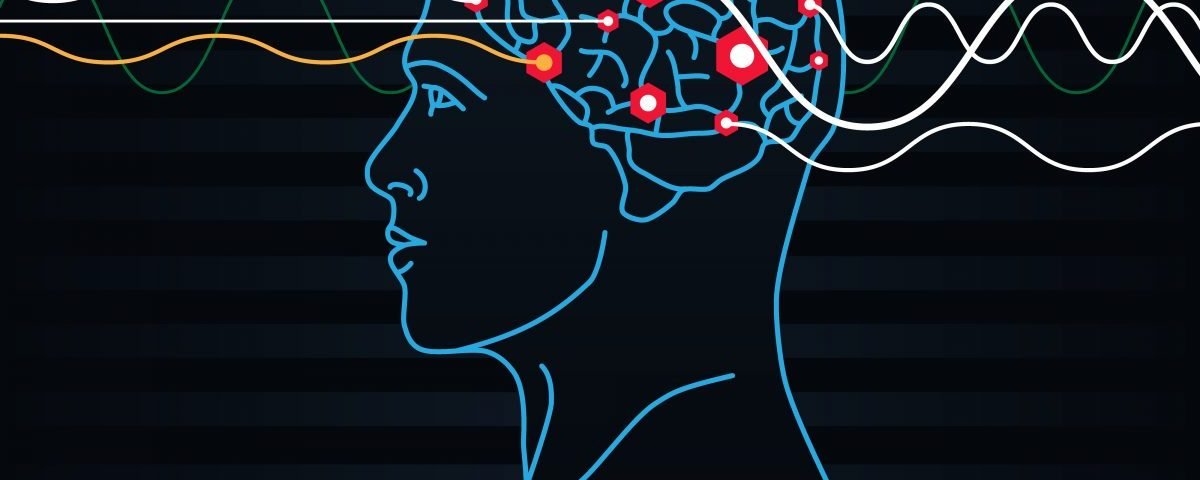Ten sessions of transcranial direct current stimulation (tDCS), a technique that stimulates certain areas of the brain with electrical impulses, could provide pain relief for patients with fibromyalgia, according to the results of a small clinical trial.
The study, “Effects of transcranial direct current stimulation on pain, mood and serum endorphin level in the treatment of fibromyalgia: A double blinded, randomized clinical trial,” was published in the journal Brain Stimulation.
In the past decade, several studies have shown that patients with fibromyalgia have changes in brain activity. These findings prompted researchers to evaluate the effects of neuromodulatory techniques on reversing brain hyperactivation and relieving chronic pain associated with fibromyalgia.
Two relatively new forms of neuromodulatory techniques are tDCS and transcranial magnetic stimulation (TMS). tDCS uses electrical currents to stimulate specific parts of the brain. It is noninvasive and painless. TMS also is a noninvasive procedure that uses magnetic fields to stimulate nerve cells in the brain.
Researchers launched a double-blinded, randomized clinical trial (NCT02704611) to investigate the effects of tDCS on pain relief.
The team also will evaluate how tDCS influences levels of beta-endorphin, a hormone produced in certain neurons that has potent antinociceptive properties (the blocking of detection of a painful stimulus by sensory neurons).
The study enrolled 40 patients with primary fibromyalgia who were randomly assigned to receive positive (anodal) tDCS or control/sham tDCS (using less electrical stimulation for a shorter period of time). The stimulation was applied daily to the left motor cortex for 10 days.
Patients were then evaluated using multiple assessment tests, including the pain index test, the fibromyalgia symptom severity test, and the visual analogue scale.
The study’s primary outcome was to evaluate patients’ pain threshold. Secondary outcomes included measurements of depression and anxiety using the Hamilton depression and anxiety scales, HAM-D and HAM-A, and estimation of serum beta-endorphin levels before and after sessions.
Measurements were done at baseline, after the fifth and 10th sessions, and 15 days and one month after the sessions ended.
Results showed that 10 tDCS sessions were more effective in relieving pain in patients with fibromyalgia than the control group. Patients treated with real tDCS showed pain reduction of 39% by the end of treatment, and of 40-49% over the next two weeks.
tDCS also improved depression and endorphin levels.
However, the control/sham group also reported significant improvement on most of the rating scales, the researchers said. Sham tDCS could actually produce a significant placebo response.
Overall, the results suggest that “10 sessions of real tDCS over [the brain’s left motor cortex] can induce pain relief and mood improvement in patients with fibromyalgia, which were found to be related to changes in serum endorphin levels,” the team concluded.

